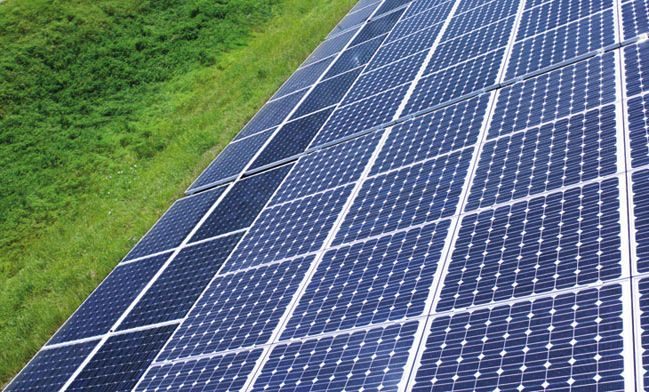If you’ve spotted the massive growth potential of solar, you’ve probably wondered if you could get involved and start a business in this sector.
Solar energy is, undoubtedly, the primary renewable source of the future. Soon it will surpass other sources to become the single largest energy source on the planet. The demand is high and prices are low, which means there couldn’t be a better time for entrepreneurs to get involved.
But starting a solar farm isn’t as straightforward as it appears. Here’s how developers can get started:
Find the right size
A solar farm, just like a regular farm, needs land. Industry experts agree that each megawatt of power requires at least 6 to 8 acres of land. A land parcel that size could end up powering 200 homes in the country, assuming all-in costs remain below $3 million. If you plan to sell to utilities, you’ll need to provide at least a megawatt of power. Bigger is better purely due to the economies of scale in such a project.
Interconnection
Connecting up to the grid to start selling power requires more than just a medium voltage cable that hooks your farm up to the nearest utility cable. Business owners and developers usually require permission from utilities to connect, supply and develop a solar project. Of course, utilities are required by law to approve your solar projects, but some remote areas are simply too expensive to profitably connect a new solar farm to. Do your research before you buy up land and start development.
PPA
The purchase power agreement is perhaps the biggest hurdle to developing solar farms in most states in the US. The programs offered by local authorities for these agreements are really limited, while the barriers to entry are low. This means there is intense competition for limited PPAs. Each program is different, and different states have different requirements for new developments. It involves a lot of costs and a lot of paperwork, but if you’ve done your calculations, it should probably be worth it.
Permits
Getting permits should prove to be the easiest step in the process of starting a new solar farm. A medium-sized project should be the easiest to get permits for. A land parcel between 1 to 3 acres is generally considered ideal for a commercial solar farm. Anything larger will require more permits and face more red tape.
The solar industry is booming and developing a solar farm from scratch could just be the best way to take advantage of this opportunity. Collecting PPA revenues could yield between 10 and 15 percent return on investment. But developers and financiers often flip a solar farm after they’ve completed construction. Flipping a farm for a profit could be very lucrative if pulled off correctly.
Until very recently, the solar industry seemed like a dicey economic prospect. The risks were simply too great and the profit potential too low to attractive anyone. But the landscape has changed and the opportunity is now clear to see. According to a report by Ernst and Young, the US is in the top spot in terms of renewable attractiveness.
Submitted by Community Writer




